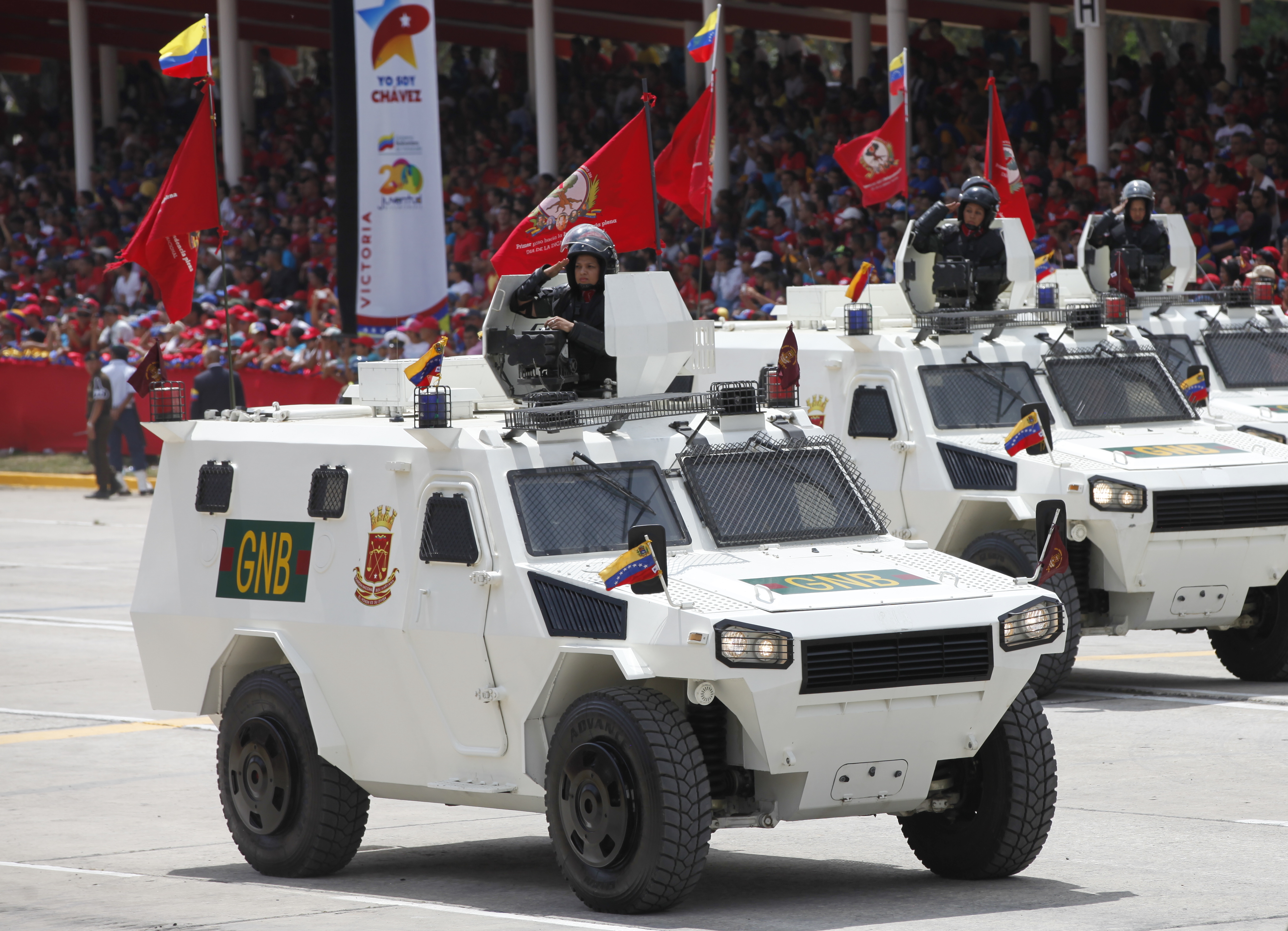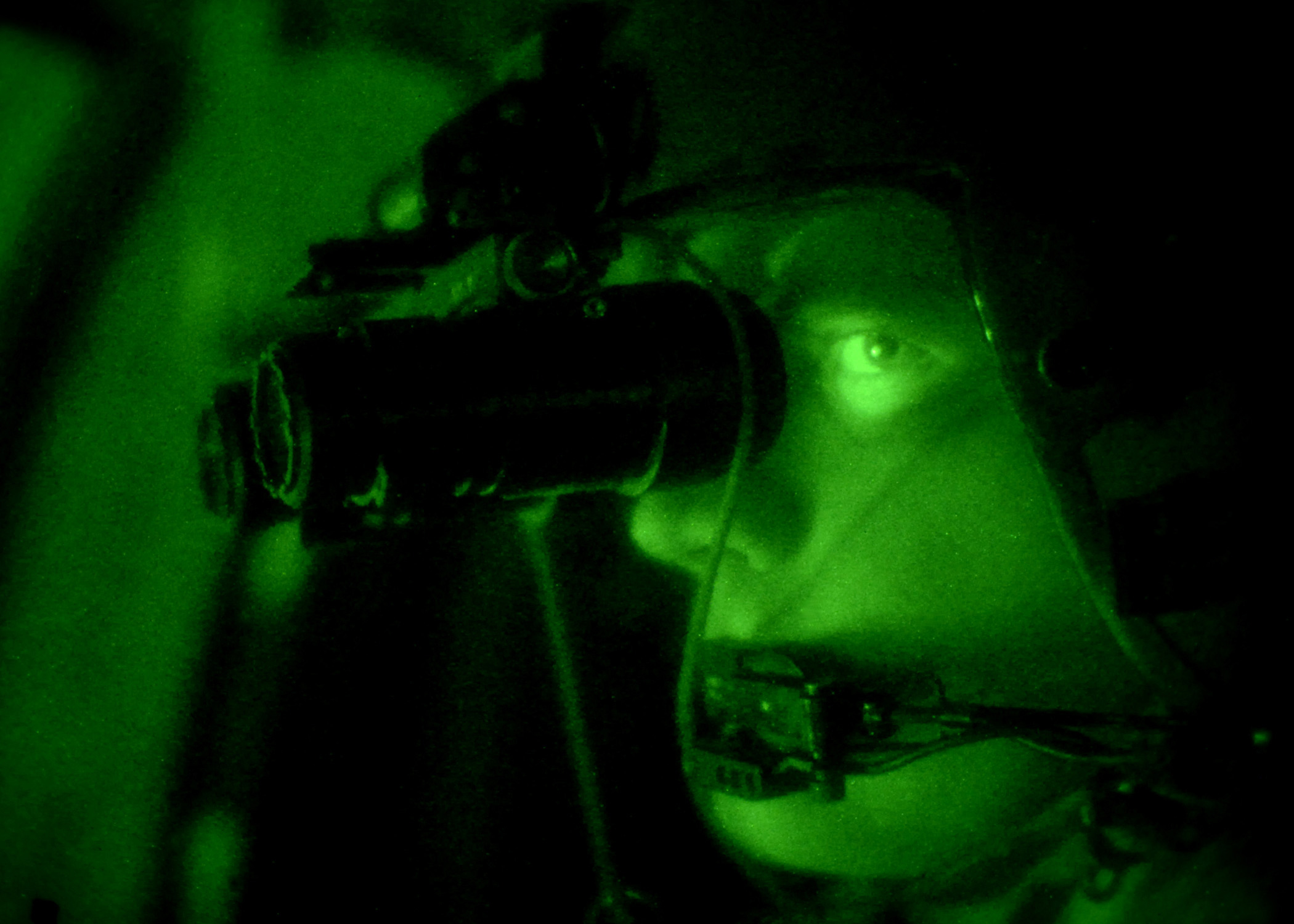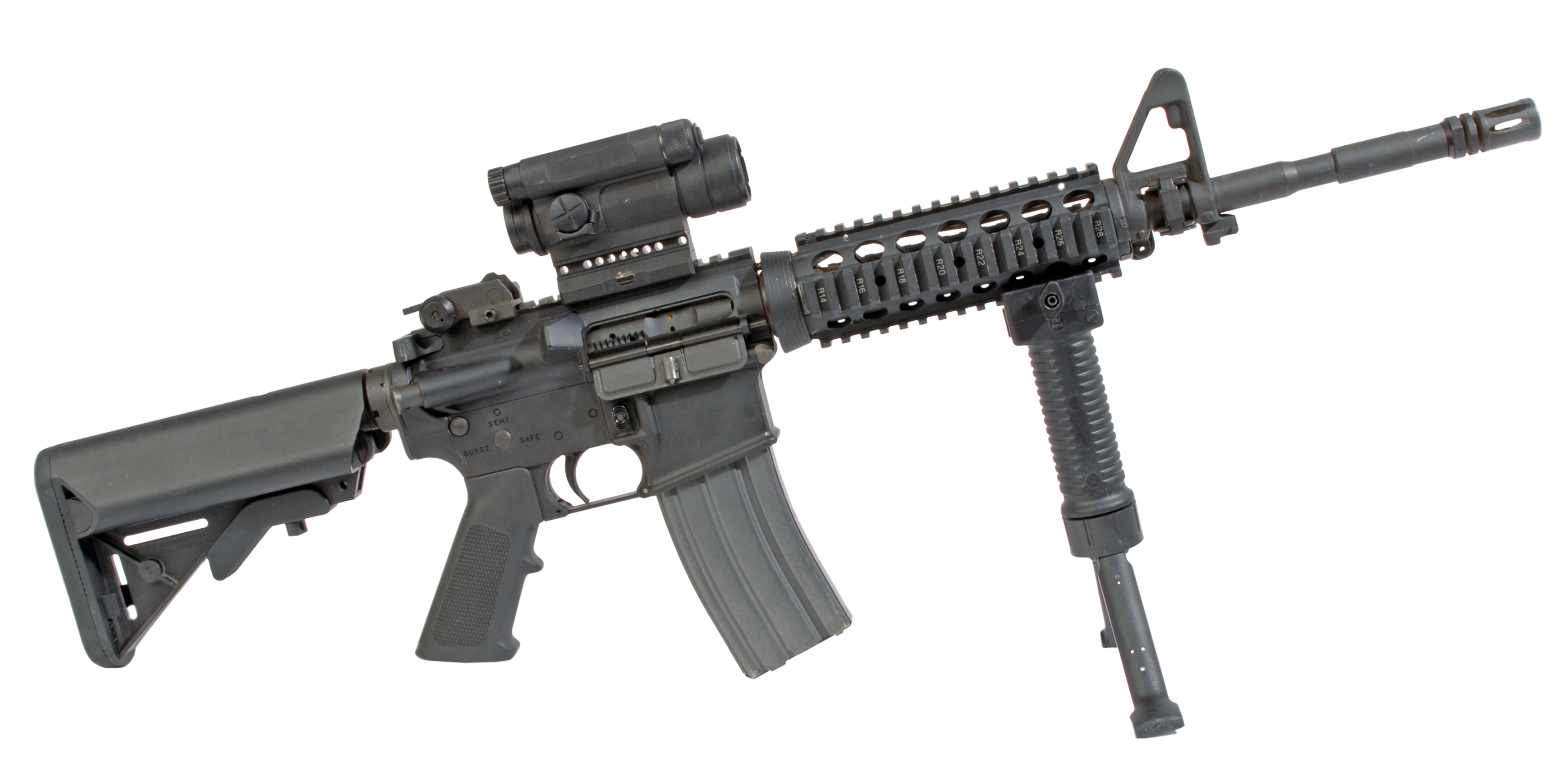|
QBZ-191
The QBZ-191 Automatic Rifle () is a Chinese assault rifle chambered for the 5.8×42mm intermediate cartridge, designed and manufactured by Norinco as a new-generation service rifle for the People's Liberation Army (PLA) and People's Armed Police (PAP). The rifle's designation "QBZ" stands for "light weapon (Qīng Wŭqì) - rifle (Bùqiāng) - automatic (Zìdòng)". The new rifle was formally revealed at the 70th Anniversary National Day military parade on October 1, 2019, carried by troopers of the PLA Ground Force and People's Armed Police. History Chinese military initiated the development of conventional layout rifles in 2014, with multiple manufacturers involved in the development and bidding process. Various prototypes of the new weapon platform were leaked online in 2016 and 2017. The QBZ-191 rifle was designed by Norinco's 208 Research Institute, which also designed the QBZ-95 assault rifle. According to the director of the 208 Research Institute, QBZ-191 is a compone ... [...More Info...] [...Related Items...] OR: [Wikipedia] [Google] [Baidu] |
PLA Ground Force
The People's Liberation Army Ground Force (PLAGF; ) is the land-based service branch of the People's Liberation Army and the largest and oldest branch of the entire Chinese armed forces. The PLAGF can trace its lineage from 1927 as the Chinese Red Army; however, it was not officially established until 1948. History In February 1949, the existing large number of armies and divisions were regularised into up to seventy armies of three divisions each. While some, such as the 1st Army, survived for over fifty years, a number were quickly amalgamated and disestablished in the early 1950s. It appears that twenty per cent or even more of the seventy new armies were disestablished up to 1953; in 1952 alone, the 3rd, 4th, 10th, 17th, 18th, and 19th Armies were disbanded. The PLA ground forces consist of conventionally armed main and regional units, which in 1987 made up over 70 percent of the PLA. It provided a good conventional defense, but in 1987 had only limited offensive ... [...More Info...] [...Related Items...] OR: [Wikipedia] [Google] [Baidu] |
QBZ-95
The Type 95 automatic rifle () or QBZ-95 is a bullpup assault rifle designed and manufactured by Norinco, and issued since 1995 as the service rifle for the People's Liberation Army, People's Armed Police and various paramilitary law enforcement agencies in the People's Republic of China. The rifle's designation "QBZ" stands for "'light weapon' (''Qīng Wŭqì'')—'rifle' (''Bùqiāng'')—'automatic' (''Zìdòng'')", in keeping with the coding standards of the Chinese defense industry. The QBZ-95 is the flagship of the Type 95 gun family (95式枪族), a family of firearms sharing a common receiver design, which includes a standard rifle, a carbine and light support weapon variants. It fires the 5.8×42mm DBP87, an indigenous intermediate cartridge. An export version chambered for 5.56×45mm NATO, the QBZ-97, is available for sale in Canada and various countries in Southeast Asia, South Asia and East Africa. Development The Chinese military started to develop small-cali ... [...More Info...] [...Related Items...] OR: [Wikipedia] [Google] [Baidu] |
Bullpup
A bullpup firearm is one with its firing grip located in front of the Chamber (firearms), breech of the weapon, instead of behind it. This creates a weapon with a shorter overall length for a given barrel length, and one that is often lighter, more compact, concealable and more maneuverable than a conventionally configured firearm. Where it is desirable for troops to be issued a more compact weapon, the use of a bullpup configuration allows for barrel length to be retained, thus preserving muzzle velocity, range and ballistic effectiveness. The bullpup concept was first tested militarily in 1901 with the British Thorneycroft carbine, but it was not until the Cold War that more successful designs and improvements led to wider adoption. In 1977, the Austrian Army became the first military force in the world to adopt a bullpup rifle, the Steyr AUG, as a service rifle, principal combat weapon. Since then the militaries in many countries have followed suit with other bullpup design ... [...More Info...] [...Related Items...] OR: [Wikipedia] [Google] [Baidu] |
People's Armed Police
) , abbreviation = PAP ("People's Armed Police") CAPF ("Chinese Armed Police Force"), formerly abbreviated''Wujing'' ( zh , s = 武警 , p = Wǔjǐng , l = Armed Police , labels = no ), or WJ as on vehicle license plates , patch = PAP Armband.svg , patchcaption = Armband of the People's Armed Police , logo = Emblem of PAP Helicopter.svg , logocaption = Emblem of People's Armed Police helicopters , badge = PAP Badge.png , badgecaption = (since 1 August 2021) , flag = People's Armed Police Flag.svg , flagcaption = Flag of the People's Armed Police Force , imagesize = , motto = , mottotranslated = (Serve the People) , formed = , preceding1 = , dissolved = , superseding = , employees = 1.5 million , budget = , legalpersonality = Paramilitary organisation, law enforcement organisation , country = Chin ... [...More Info...] [...Related Items...] OR: [Wikipedia] [Google] [Baidu] |
Prism Sight
A prism sight or prismatic sight, sometimes also called prism scope or prismatic scope, is a type telescopic sight which uses a roof prism for its image-erecting system (instead of the series of relay lenses found in traditional telescopic sights). The use of prisms makes it possible to construct a shorter and lighter sight, or with an offset between the eyepiece and objective axes. History Prisms have been used in periscopes and binoculars for a long time. Thomas H. Doughty of the United States Navy invented a prismatic periscope for use in the American Civil War (1861–1865), which was a further development of the mirror-based periscope invented by Marie-Davey in 1854. Binoculars with prisms appeared in the 1890s. During World War I, the US Army chose to equip the M1903 Springfield repeating rifle for the sniper rifle role by mounting a prismatic sight developed by the Warner & Swasey Company. It was a short and compact sight, and the prisms allowed the objective to be angl ... [...More Info...] [...Related Items...] OR: [Wikipedia] [Google] [Baidu] |
Norinco
China North Industries Group Corporation Limited, doing business internationally as Norinco Group (North Industries Corporation), and known within China as China Ordnance Industries Group Corporation Limited (), is a Chinese state-owned defense corporation that manufactures a diverse range of commercial and military products. Norinco Group is one of the world's largest defense contractors. The company's subsidiary, China North Industries Corporation (), or simply Norinco, markets Norinco Group's products internationally, and is also involved in domestic civil construction and military defense projects. History Established in 1980 with the approval of the State Council of China, Norinco is an enterprise group engaged in both products and capital operation, integrated with research and development, manufacturing, marketing and services. Norinco mainly deals with defense products, petroleum & mineral resources development, international engineering contracting, optronic products, ... [...More Info...] [...Related Items...] OR: [Wikipedia] [Google] [Baidu] |
Iron Sights
Iron sights are a system of physical alignment markers (usually made of metallic material) used as a sighting device to assist the accurate aiming of ranged weapons (such as a firearm, airgun, crossbow or even compound bow), or less commonly as a primitive finder sight for optical telescopes. The earliest sighting device, it relies completely on the viewer's naked eye (mostly under ambient lighting), and is distinctly different to optical sights such as telescopic sights, reflector (reflex) sights, holographic sights and laser sights, which make use of optical manipulation and/or active illumination, as well as the newer optoelectronics, which use digital imaging and even incorporate augmented reality. Iron sights are typically composed of two components mounted perpendicularly above the weapon's bore axis: a rear sight nearer (or ''proximally'') to the shooter's eye, and a front sight farther forward (or ''distally'') near the muzzle. During aiming, the shooter aligns h ... [...More Info...] [...Related Items...] OR: [Wikipedia] [Google] [Baidu] |
Night Vision Device
A night-vision device (NVD), also known as a night optical/observation device (NOD), night-vision goggle (NVG), is an optoelectronic device that allows visualization of images in low levels of light, improving the user's night vision. The device enhances ambient visible light and converts near-infrared light into visible light which can be seen by the user; this is known as I2 ( image intensification). By comparison, viewing of infrared thermal radiation is referred to as thermal imaging and operates in a different section of the infrared spectrum. A night vision device usually consists of an image intensifier tube, a protective housing, and may have some type of mounting system. Many NVDs also include a protective sacrificial lens, mounted over the front lens (ie. objective lens) on NVDs to protect the latter from damage by environmental hazards and some can incorporate [...More Info...] [...Related Items...] OR: [Wikipedia] [Google] [Baidu] |
Telescopic Sight
A telescopic sight, commonly called a scope informally, is an optical sighting device based on a refracting telescope. It is equipped with some form of a referencing pattern – known as a ''reticle'' – mounted in a focally appropriate position in its optical system to provide an accurate point of aim. Telescopic sights are used with all types of systems that require magnification in addition to reliable visual aiming, as opposed to non-magnifying iron sights, reflector (reflex) sights, holographic sights or laser sights, and are most commonly found on long-barrel firearms, particularly rifles, usually via a scope mount. The optical components may be combined with optoelectronics to add night vision or smart device features. History The first experiments directed to give shooters optical aiming aids go back to the early 17th century. For centuries, different optical aiming aids and primitive predecessors of telescopic sights were created that had practical or pe ... [...More Info...] [...Related Items...] OR: [Wikipedia] [Google] [Baidu] |
Thermal Imaging
Infrared thermography (IRT), thermal video and/or thermal imaging, is a process where a thermal camera captures and creates an image of an object by using infrared radiation emitted from the object in a process, which are examples of infrared imaging science. Thermographic cameras usually detect radiation in the long-infrared range of the electromagnetic spectrum (roughly 9,000–14,000 nanometers or 9–14 μm) and produce images of that radiation, called thermograms. Since infrared radiation is emitted by all objects with a temperature above absolute zero according to the black body radiation law, thermography makes it possible to see one's environment with or without visible illumination. The amount of radiation emitted by an object increases with temperature; therefore, thermography allows one to see variations in temperature. When viewed through a thermal imaging camera, warm objects stand out well against cooler backgrounds; humans and other warm-blooded animals become ea ... [...More Info...] [...Related Items...] OR: [Wikipedia] [Google] [Baidu] |
Receiver (firearms)
In firearms terminology, the firearm frame or receiver is the part of a firearm which integrates other components by providing housing for internal action components such as the hammer, bolt or breechblock, firing pin and extractor, and has threaded interfaces for externally attaching ("receiving") components such as the barrel, stock, trigger mechanism and iron/optical sights. The receiver is often made of forged, machined, or stamped steel or aluminium; in addition to these traditional materials, modern science and engineering have introduced polymers and sintered metal powders to receiver construction. Mounting A barrel can be fixed to the receiver using barrel and receiver action threads or similar methods. In US law For the purposes of United States law, the receiver or frame is legally the firearm, and as such it is the controlled part. The definition of which assembly is the legal receiver varies from firearm to firearm, under US law. Generally, the law requ ... [...More Info...] [...Related Items...] OR: [Wikipedia] [Google] [Baidu] |
Picatinny Rail
The Picatinny rail ( or ), or Pic rail for short, also known as a MIL-STD-1913 rail, 1913 rail or STANAG 2324 rail (cancelled), is a military standard rail interface system that provides a mounting platform for firearm accessories. It was originally used for mounting of scopes atop the receivers of larger caliber rifles. Once established, its use expanded to also attaching other accessories, such as: iron sights, tactical lights, laser aiming modules, night vision devices, reflex sights, holographic sights, foregrips, bipods, slings and bayonets. An updated version of the rail is adopted as a NATO standard as the STANAG 4694 NATO Accessory Rail. Significance Because of their many uses, Picatinny rails and accessories have replaced iron sights in the design of many firearms and available as aftermarket add-on parts for most actions that do not have them integrated, and they are also on the undersides of semi-automatic pistol frames and grips. When adding a Picat ... [...More Info...] [...Related Items...] OR: [Wikipedia] [Google] [Baidu] |
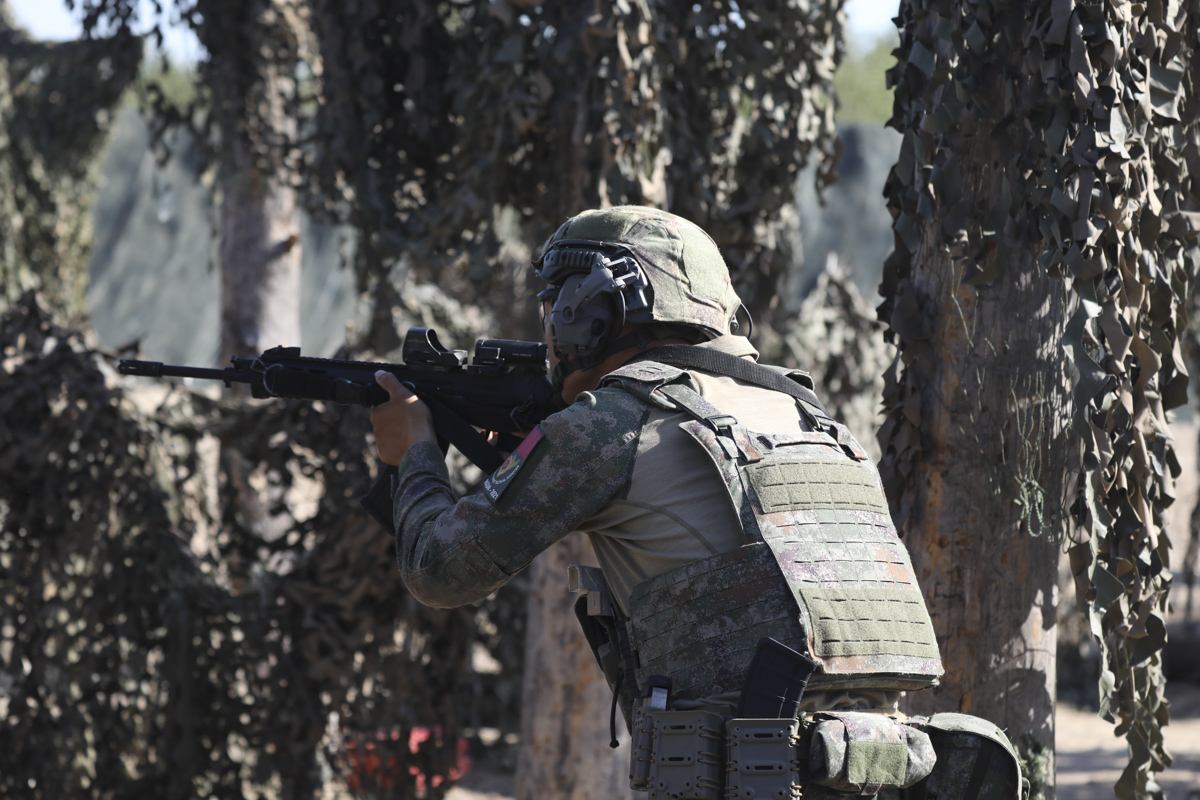
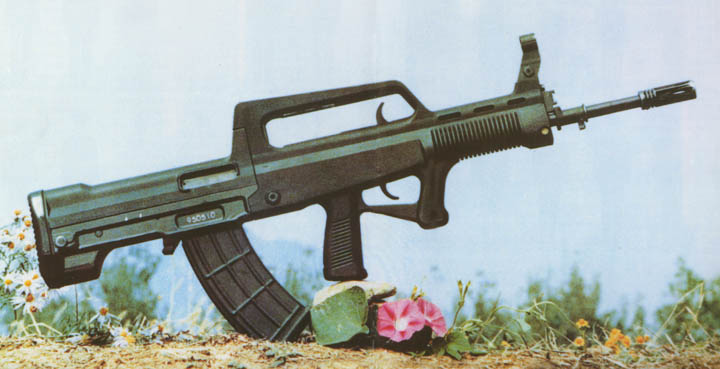
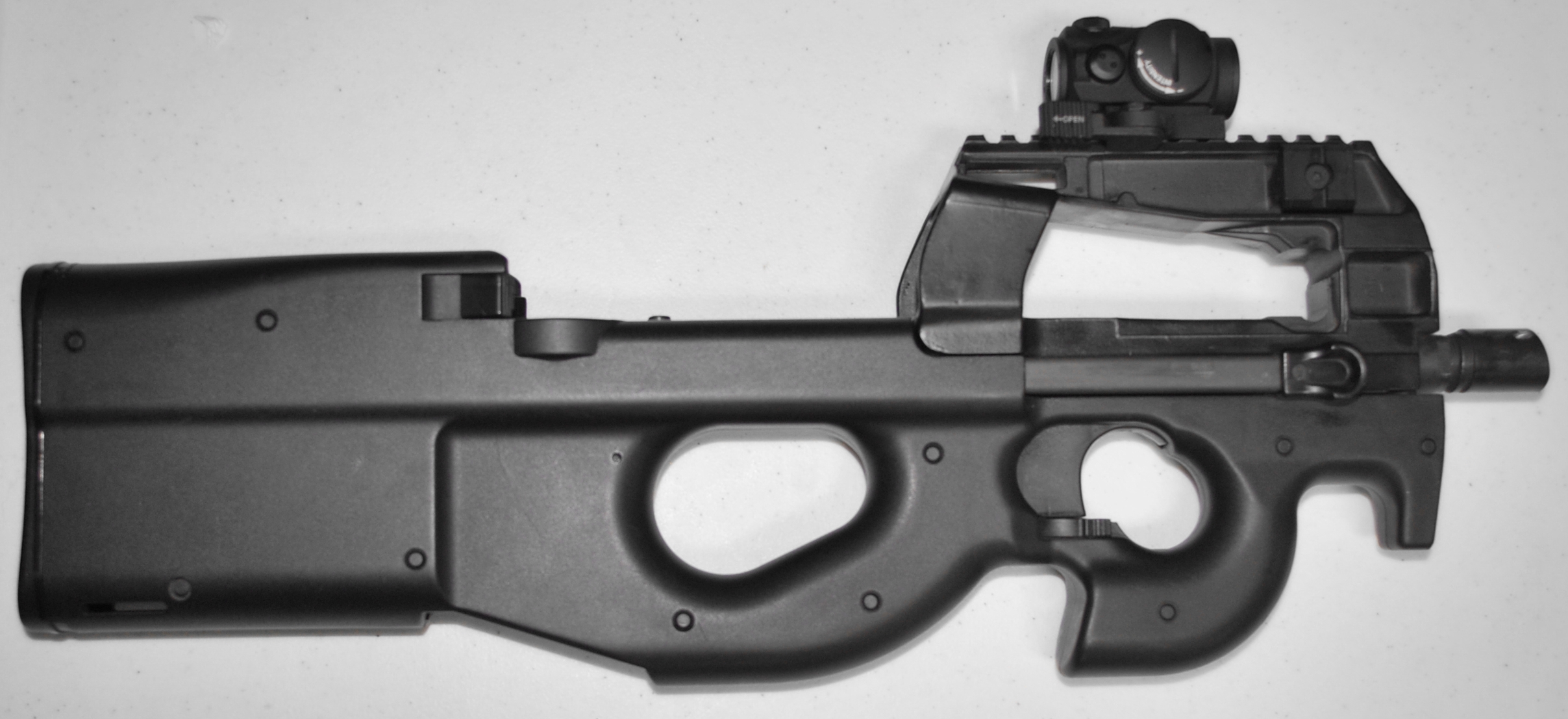
.jpg)
.jpg)
